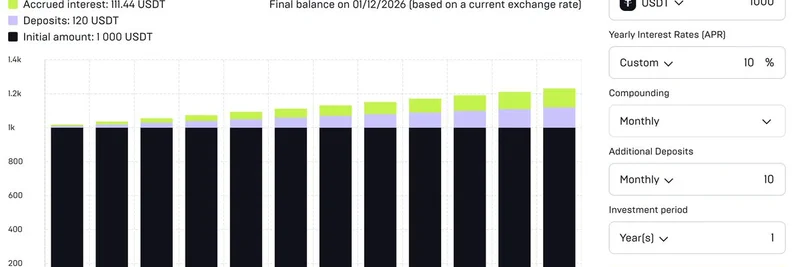In the fast-paced world of crypto, where new tokens pop up like memes on your feed, a recent clip from the Unchained podcast has everyone talking. Laura Shin shared a tweet highlighting insights from Ryan Watkins of Syncracy Capital, pointing out how Hyperliquid—a decentralized exchange (DEX) for perpetual futures—is already beating giants like Binance at their own game when it comes to the hottest token launches.
The Clip That Shook the Crypto Scene
The tweet features a video snippet where Watkins discusses the "big three" in recent token generation events (TGEs): Plasma (XPL), Aster, and Hyperliquid itself. For those new to the lingo, a TGE is basically when a new crypto token is created and distributed, often marking the official launch of a project. Watkins notes that Hyperliquid has captured massive open interest—that's the total value of outstanding derivative contracts—in perpetuals (or "perps," which are futures contracts without expiration dates) for these new markets right out of the gate.
He emphasizes that if a platform like Hyperliquid can snag the hottest new markets, provide easy access, leverage its distribution advantage, and boast over 10 million users, it's essentially running away with the competition. This is why centralized exchanges (CEXs) like Binance are starting to see the writing on the wall. They're nervous because DEXs are proving they can handle high-volume, high-stakes trading without the need for intermediaries.
You can check out the original tweet here for the full clip.
Breaking Down the Players: Hyperliquid, Aster, and Plasma
Let's simplify these projects since crypto can get jargon-heavy.
Hyperliquid: This is a DEX built for trading perpetual futures on its own blockchain. It's gained traction for its speed, low fees, and ability to list new tokens quickly. Unlike CEXs, which are run by companies and hold your funds, Hyperliquid lets you trade directly from your wallet, keeping you in control.
Aster (ASTER): Backed by YZi Labs (formerly part of Binance), Aster is another DEX focused on perpetuals, running on the BNB Chain. It exploded in popularity after launch, with endorsements from Binance founder Changpeng Zhao (CZ) and even a big buy from MrBeast. Its token surged over 1,500% initially, and it's now a top earner in daily fees among perp protocols.
Plasma (XPL): An L1 blockchain that launched its mainnet beta and token in late September 2025. It saw massive trading volume during its TGE but faced a price crash afterward due to sell-offs. Plasma aims to be a high-performance chain, and its token drop was one of the most anticipated events of the month.
Watkins argues that while people pit Aster against Hyperliquid, the real battle is DEXs versus CEXs. Hyperliquid's edge in open interest for these launches shows DEXs are becoming the go-to for traders chasing the next big thing.
Why This Matters for Meme Tokens
At Meme Insider, we're all about meme tokens—the fun, volatile side of crypto that can turn a clever idea into a multimillion-dollar phenomenon overnight. So, how does this DEX vs. CEX drama tie in?
Meme tokens thrive on hype and rapid trading. They often launch on DEXs like Pump.fun on Solana, where anyone can create and trade them without gatekeepers. Perps on platforms like Hyperliquid amplify this by letting traders bet on price movements with leverage, without actually holding the token. This is perfect for memes, which can pump or dump in hours.
If Hyperliquid is outdoing Binance in listing and trading volumes for hot new tokens—including potential meme plays— it means more liquidity and opportunities for meme enthusiasts on decentralized platforms. No more waiting for CEX listings, which can be slow and selective. This shift could democratize meme token trading, making it faster and more accessible, but also riskier without CEX safeguards.
Plus, with Aster's Binance backing, it's like the old guard trying to play catch-up in the DEX space. If CEXs lose ground here, we might see more meme token action migrating to DEXs, boosting innovation but also increasing the need for users to DYOR (do your own research) to avoid rugs.
The Bigger Picture: A Shift in Crypto Power
Watkins' take in the Unchained episode (listen to the full podcast here) suggests that DEXs aren't just alternatives—they're threats to the very existence of CEXs. With over $1 trillion in trading volume for perp DEXs recently, the numbers back it up.
For blockchain practitioners, this is a wake-up call. If you're building or trading meme tokens, keep an eye on DEXs like Hyperliquid for the latest launches. They offer tools to enhance your strategy, from perps to on-chain analytics, helping you stay ahead in this wild market.
What do you think—will DEXs dethrone CEXs, or is this just hype? Drop your thoughts in the comments, and stay tuned to Meme Insider for more on the meme token universe.

